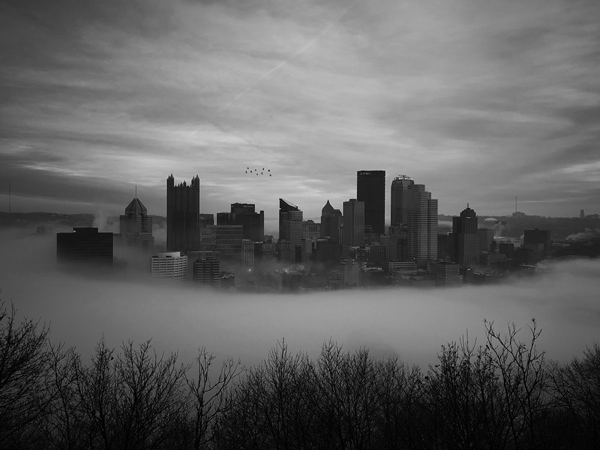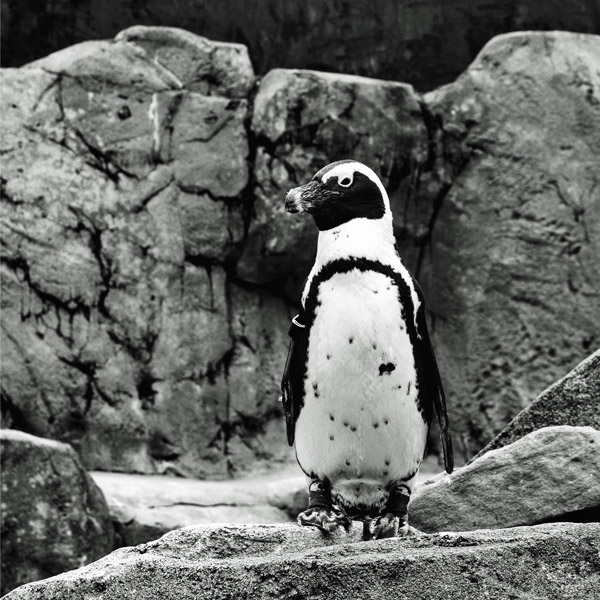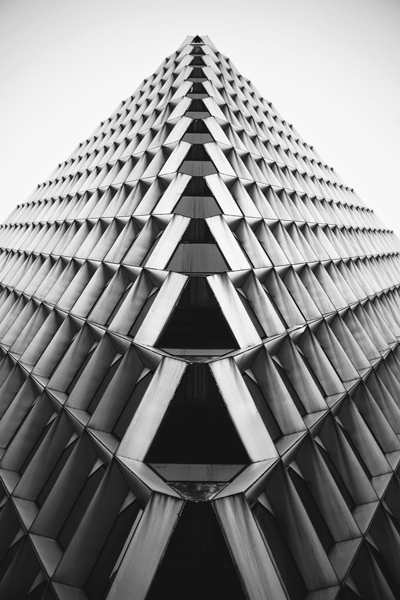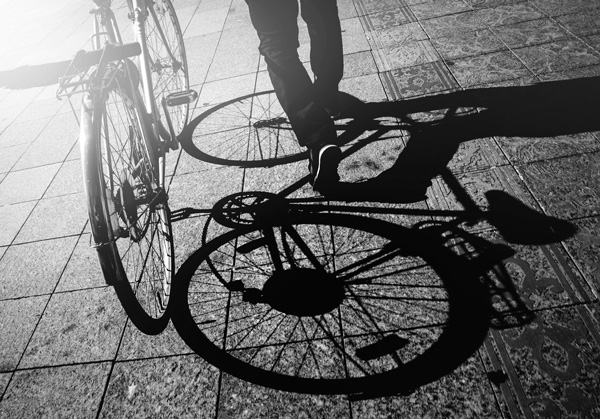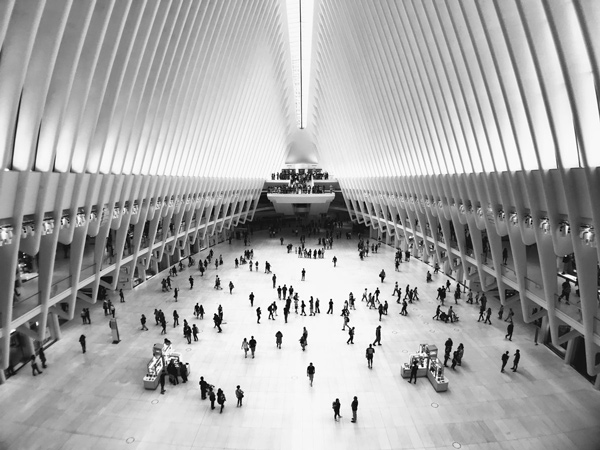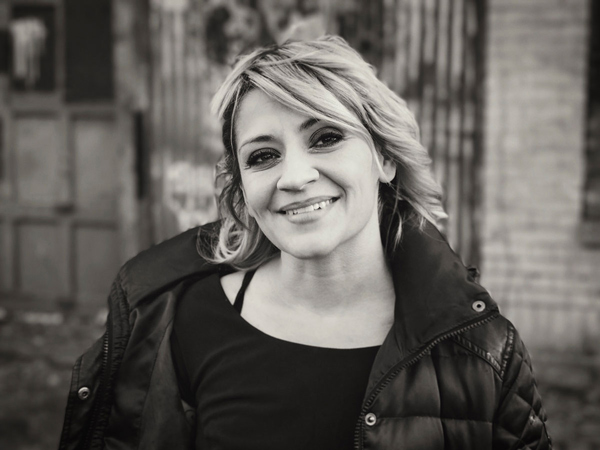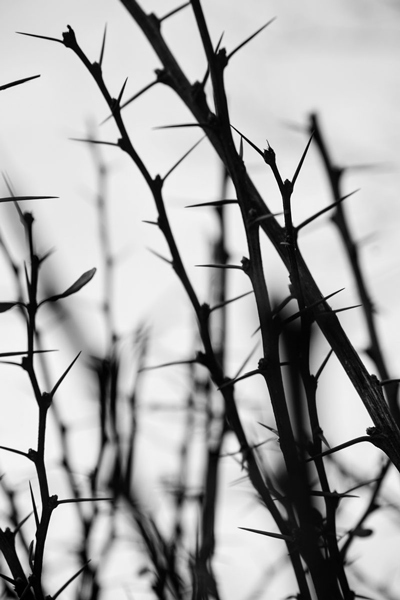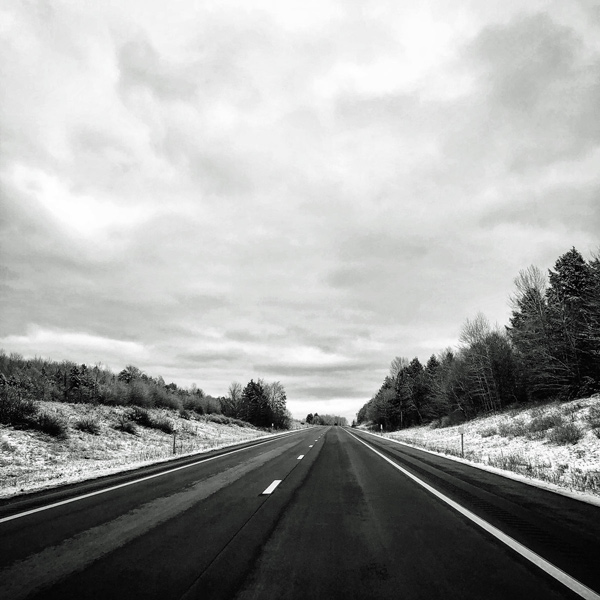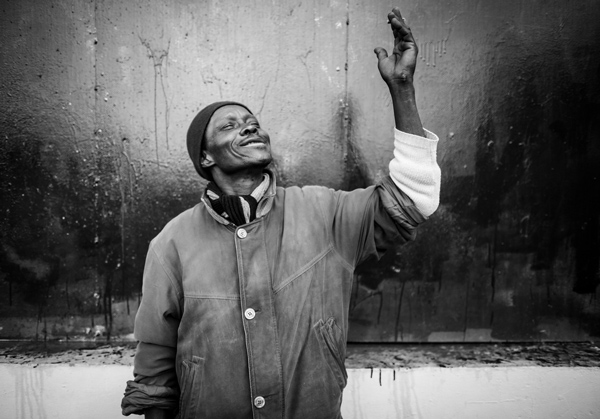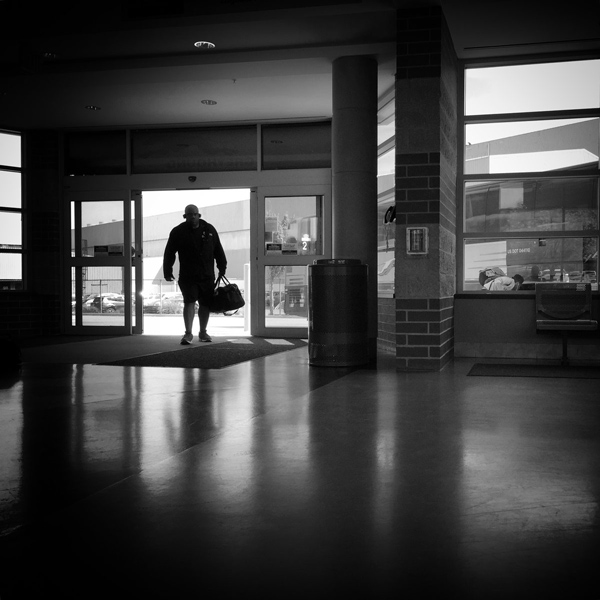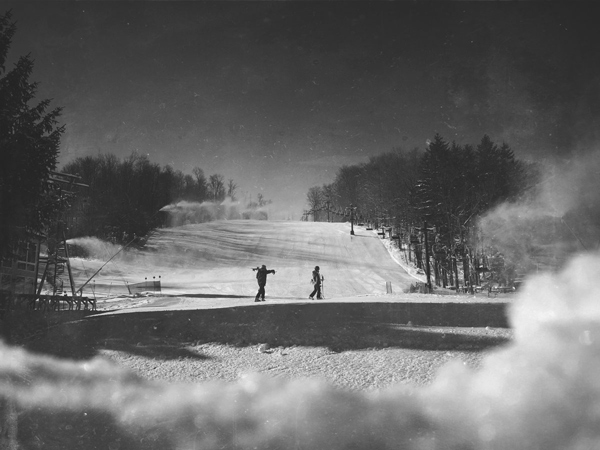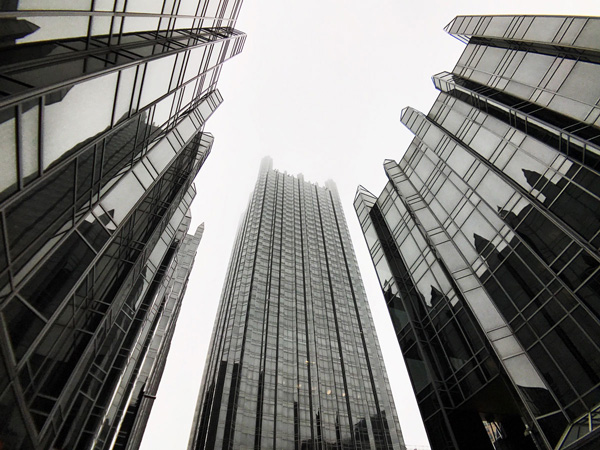There’s something especially appealing about great black and white photography. It has a timeless quality to it. A black and white image can be striking, engaging, breathtaking, and definitely moody. So what can you do to visualize and create stunning black and white images? The fundamentals of photography will get you so far, but there are some additional techniques which will help you achieve outstanding black and white results quickly. In this quick-start beginner’s guide, you’ll discover ways you can start making great black and white photos today.
Focus On Composition
Black and white photography removes any distraction of color and helps the viewer focus on other aspects of the photo, such as the subject, the textures, shapes and patterns, and the composition. So, you can use all the same composition techniques – like the rule of thirds – that you’d use in color photography.
Look For Contrast
As you’re shooting, think in terms of contrast — the difference between the light and dark tones in the scene. Contrast can be found in many places, so let’s look at some of these.
See The Shadows, Patterns, Textures, & Lines
One of the most important things you can do in your quest for great black and white images is to train your eye to look for shadows, patterns, textures, and lines. As a photographer, you should be looking for these things anyway, but it’s especially important in black and white photography.
For example, with shadows, look for solid blacks as subjects, set against a light background. It could be a person, a tree, or a building casting an image on the ground or elsewhere.
Have you ever been outside in the early morning or late afternoon when the shadows are particularly long? It’s known as the “Golden Hour”, and it’s a great time to look for interesting shadows which can form the basis of a great black and white photo.
Then there are patterns and textures. A colorless photo doesn’t mean it has to be bland. Look for interesting textures like a brick wall or a dirt road. Check out the lines and repeating patterns in architecture.
Look for textures in an old wooden door, the bark on a tree, or fabric textiles.
Shoot In Color, Convert To Black & White
By shooting in color (the default setting on your camera), you can maintain all the original, natural colors of the shot. So you’ll have the original, color version, then you can convert it to black and white during the editing process. Shooting in color gives you options you wouldn’t have if you started in black and white mode.
If it sounds like a lot of extra work, it really isn’t. Chances are, you’re going to be doing some editing to your images after you take them anyway. Depending upon what software you use, converting to black and white is as easy as one click in most cases.
I shot the portrait of rock singer Lacey Sturm, pictured below, in color first.
Then I converted the final image to black and white by simply using one of my favorite filter presets.
I felt black and white matched the mood much better, giving the images more of a raw, rock ‘n’ roll vibe.
Shoot In Black & White Mode
Many cameras have a monochromatic or black and white setting you can use to get a proper preview of what you’re shooting. Consider shooting in RAW mode to capture the best image quality. That way, none of the photograph’s information is compressed — and lost forever — as it is with JPEG.
On my Sony a6000 camera, there’s a Creative Style option that allows me to shoot in black and white. Look for the setting on your camera that allows you to view and shoot in black and white.
Train Your Eyes To See In Black & White
Once you train your eyes to see in black and white, your black and white photography will improve greatly. Look at your subject in terms of the qualities we explored above: shadows, patterns, textures, and lines. This will make it easier for you to identify situations which are ripe for black and white photography.
Embrace The Gray Days
Winter is a great time to take black and white images. With winter photography, particularly on an overcast day, there might not seem to be much difference from your original, color image. Gray skies, barren trees, and white snow covering the ground – you’re already 90% of the way to having a black and white photo!
There’s a certain bleakness to winter. The season can provide a “colorless” quality that will inspire you to create black and white or monochromatic images. After all, on a cloudy day, most of the work regarding color has been decided for you.
Training your eye to see in black and white is a lot easier when you’re actually seeing things in black and white – or close to it.
Street Photography
While black and white photography can be applied in any setting, it’s especially effective with street photography.
Street photography involves capturing the human condition in public places. Naturally, the “human condition” can be defined in a variety of ways, but black and white images seem to capture the vibe of the streets and the people that occupy it.
Set your sights on capturing the emotion of the moment and telling the story of what you see — with a single black and white photograph.
Editing Your Black & White Images
Whether you shoot in black and white, or convert to black and white afterward, there are a few things you can do to make your black and white images even better using your favorite photo editing software.
Increase This, Decrease That
By increasing the contrast and reducing the brightness, you further enhance the differences in an image’s light and dark tones.
You can also reduce the contrast and fade the shadows, providing an underexposed look. Or how about adding some grain for a more authentic film look?
There are many different ways you can edit your images to convey the look and feel you desire. Try to keep it as simple as possible. Find what works best for your shooting situation — landscape, street, portrait, etc. — and continue to experiment to find what works best.
There’s An App For That
If you like editing with your mobile phone, there are plenty of apps you can use to achieve black and white success — some that are designed specifically with black and white in mind. Some apps give you a lot of control. Not only can you straighten and crop an image, you can also adjust the highlights, mid-tones, shadows, and much more.
Black And White Photography: Conclusion
Black and white photography is a timeless art form you can learn, practice, and become passionate about very quickly.
Start with the fundamentals of composition, like the rule of thirds, and you’ll be well on your way to taking great black and white photos.
Look for contrast and train your eye to see the shadows, patterns, textures, and lines all around you.
Shoot in color and convert to black and white during the editing process. Or, if your camera can shoot in black and white, use this feature to help you preview the shot in black and white. This will also help you train your eyes to see monochromatically.
When the days are gray, especially during those dreary winter months, take advantage of the opportunity to capture your colorless surroundings. Black and white images can also be especially effective if you’re interested in street photography. Capture the emotions and moments that tell a story with a single photograph.
When you’re ready to edit your images, choose your favorite software or photo-editing app and apply some subtle adjustments that will make your pictures their very best. Use your favorite filter, adjust the brightness and contrast, or add some fade or grain.

